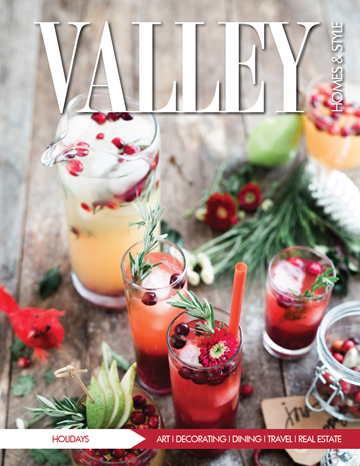by Cheryl M. Keyser
These days the national dress – even the international dress – seems to be jeans, sweats and sneaks, but it is amazing to see what people wore in previous times. Present-day society could barely survive in the multiple layers of underclothing and outer clothing worn by both men and women, and we are stunned over fashions from the past made of linen and lace, silk and satin. Even that modest fabric – muslin – takes a bow among all the other fancy garments.
A prime place to immerse oneself in the history of clothing is the Fashion Archives at Shippensburg University where a wealth of items are on display that tell a great deal about the way in which what we wear has evolved.
Shippensburg may seem an odd place to be a home to fashion, but its appearance here can be traced to the interest of the late Dr. Elizabeth Thompson. It started simple – just a rack of vintage clothing in her office. An innovative teacher, Thompson ventured into popular culture with, among others, a course which consisted of her students interviewing local people from various walks of life: a piano tuner, an insurance agent, a policewoman, an English professor. She recognized the role clothing played in society so it was not unusual for her to have a stash tucked away in a corner.
Now some 35 years later, her dream of an independent facility has come to fruition as the Fashion Archives moves into a new home on campus, the Davis House. Here is gathered a 15,000 item collection that ranges from the 1750s to the early 1900s. Included are both clothing and accessories, items worn by middle and working individuals – men, women and children – pieces from noted designers as Chanel, Scaasi and Trigere, as well as more rare as Victorian corsets and Chinese binding shoes.
The collection is now under the dedicated purview of Dr. Karin J. Bohleke. Bohleke did not follow a direct path to her vast knowledge of clothing, but it was one which started early. “Dressmaking is in my blood, my great grandfather was a professional tailor in Oslo, Norway, and textiles have been a part of my life.”
Her mother taught her how to knit at 3, and by the next year she was doing embroidery. “I have been operating a sewing machine since I was seven and I would go to the library and check out books on Henry VIII to make clothing for my dolls.”
So adept is she at understanding the structure of a garment, that she can look at a piece of clothing and tell you if the person who made it really knew how to sew, if it is a totally original item, or has been altered, and how. She can also advise on how to preserve historic clothing from such enemies to fabric as sunlight, mold or insects. Her practical knowledge is backed by a rigorous academic education – but not in clothing. She comes to fashion through a doctorate in French literature. “When I am studying fashion texts, literary analysis also comes into play,” she explains.
This hands-on experience combined with a knowledge of French (American women copied European fashion, especially French) proved to be an ideal starting point for expanding and documenting the variety of styles produced in this country. Bohleke also has an extensive bibliography to her name, having published many scholarly articles on fashion and style. She is also a member of the Costume Society of America.
Extensive notation accompanies many of the items both on display and as pictures in publications. For instance, one hand-colored fashion plate reproduced from the French “Costume Parisien” of 1818 shows the extraordinary detail that went into making a design. The bronze-toned dress features a delicate shoulder composition with overlapping material captured by two buttons, leading to sleeves which extend to cover the knuckles of the hand. These are more than just dresses, they are works of art, produced in cloth.
Not only does the Fashion Archives contain a permanent, ever-expanding collection, it also produces exhibits in cooperation with other organizations, such as the Titanic Fashion Exhibit, “High Style in the 1910s,” held with the Hanover Historical Society at the Warehime-Myers Mansion and a similar one at the Oller House with the Waynesboro Historical Society.
Reflecting its University association, the Archives houses not only an extensive library in its reference collection with hundreds of volumes, but also a collection of what it calls “Ephemera.” This includes original catalogs, fashion magazines, fashion plates and other materials dating back to the 1840s. And as befitting its educational connection, the involvement of students is also important. One early exhibit featured clothing by university student designers, and this fall, Bohleke will be teaching a course on the safe handling of items – especially those as fragile as clothing – in a museum environment.
The Fashion Archives is located in the Davis House on the Shippensburg University campus. It is currently undergoing renovation and will reopen this fall with a display of wedding attire. Information on the opening can be found at www.fashionarchives.org. An online store with items from exhibit catalogs, to sterling silver reversible lockets with images of 19th century fashion plates, and doll dress patterns can also be found on the website. For more information, call 717-477-1239.

